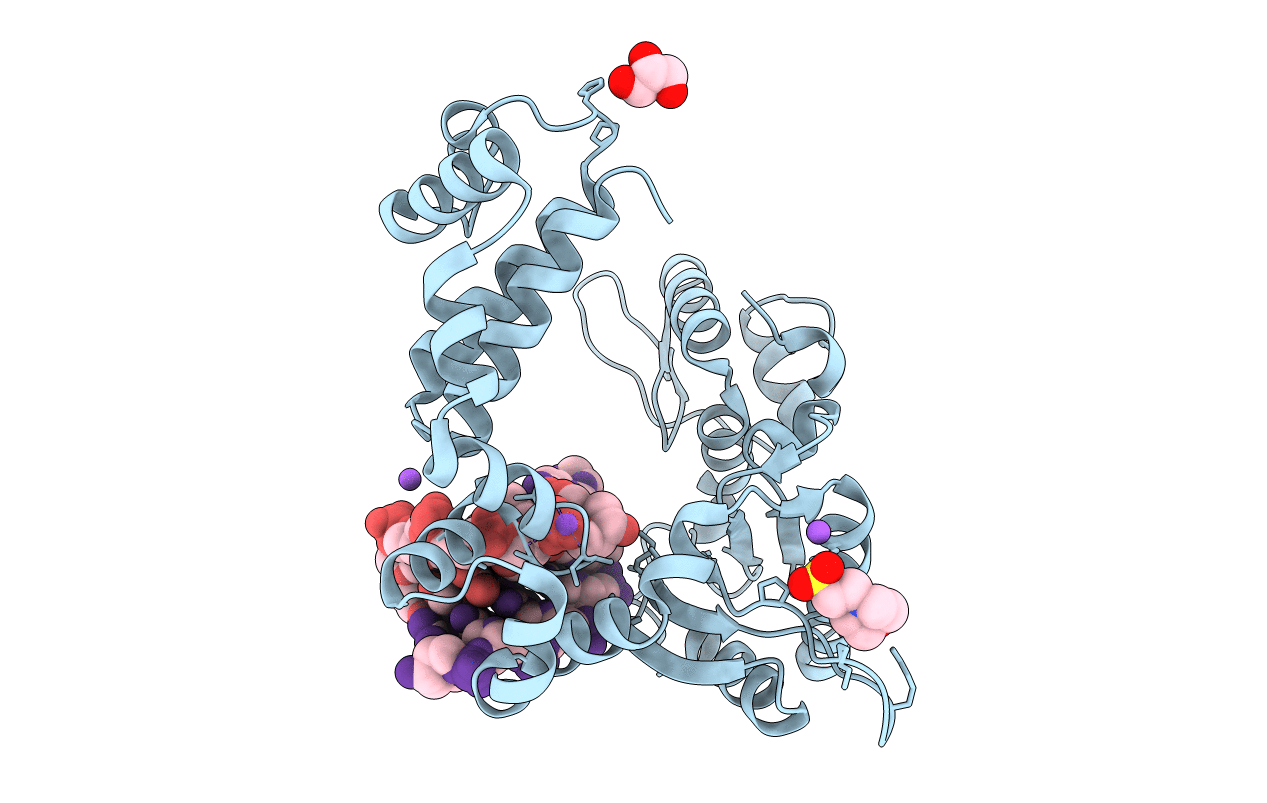
Deposition Date
2010-08-17
Release Date
2010-11-24
Last Version Date
2023-09-06
Entry Detail
PDB ID:
3OGU
Keywords:
Title:
DNA Polymerase beta mutant 5P20 complexed with 6bp of DNA
Biological Source:
Source Organism:
Homo sapiens (Taxon ID: 9606)
Host Organism:
Method Details:
Experimental Method:
Resolution:
1.85 Å
R-Value Free:
0.23
R-Value Work:
0.19
R-Value Observed:
0.19
Space Group:
P 21 21 2


